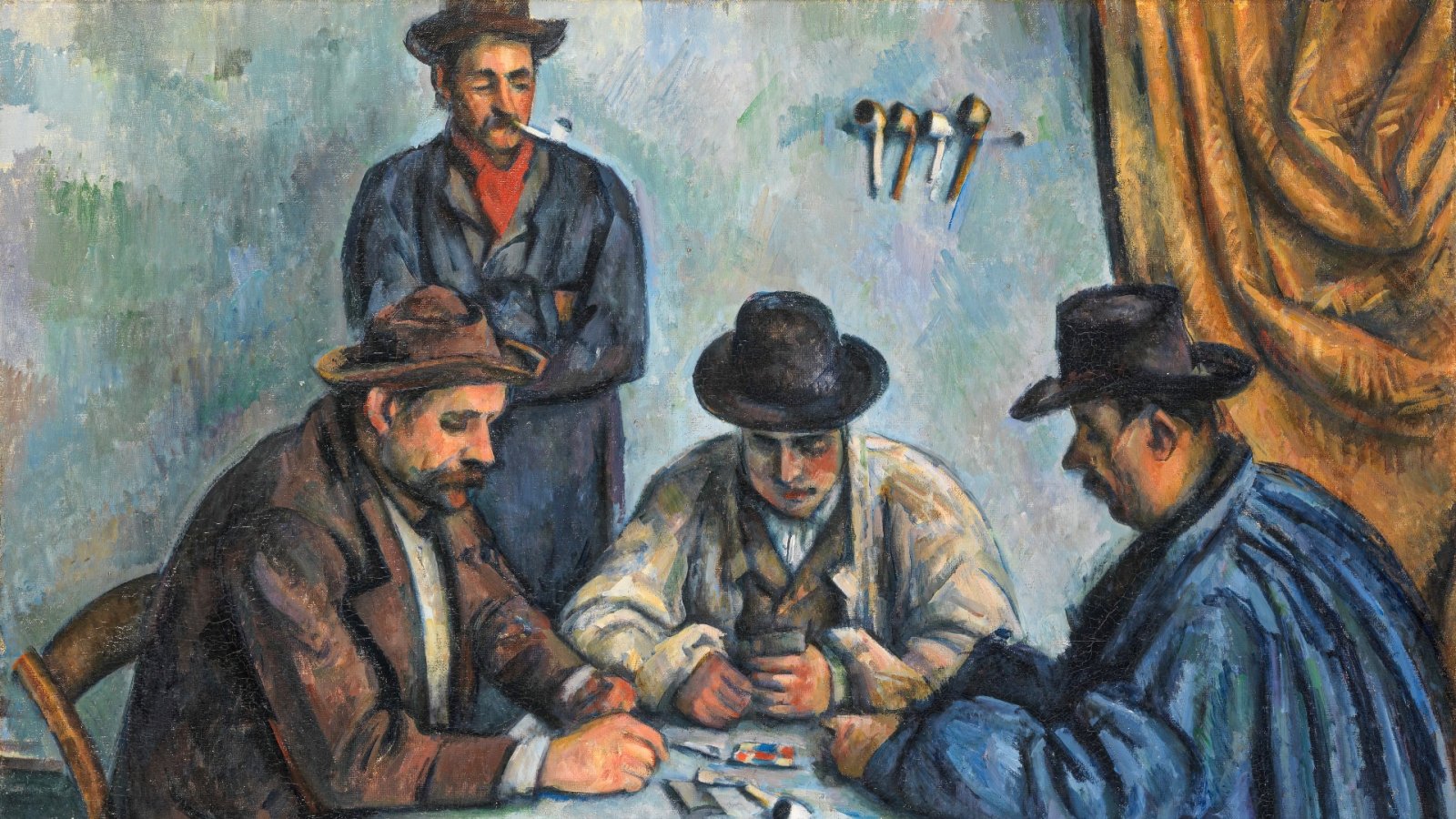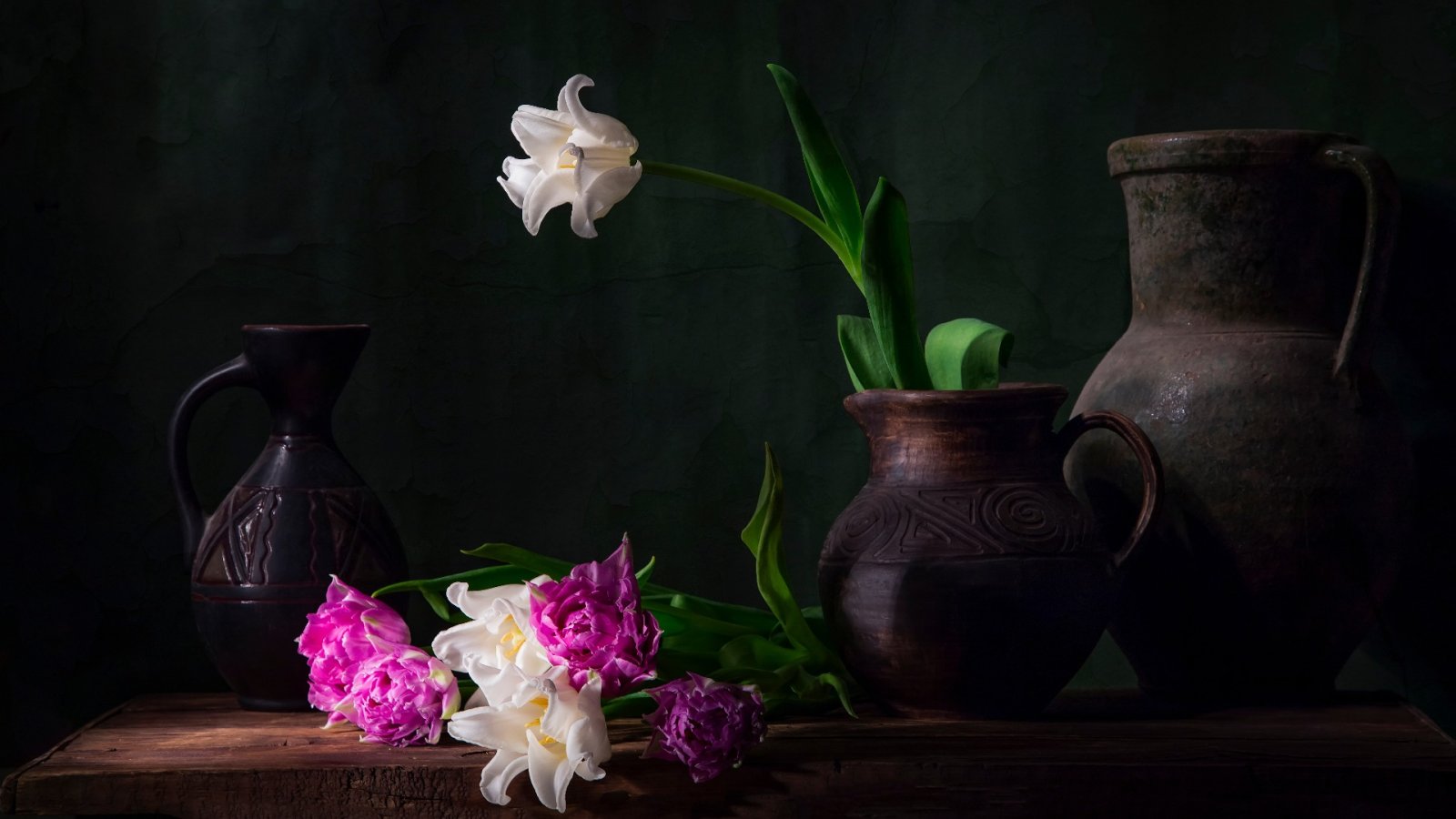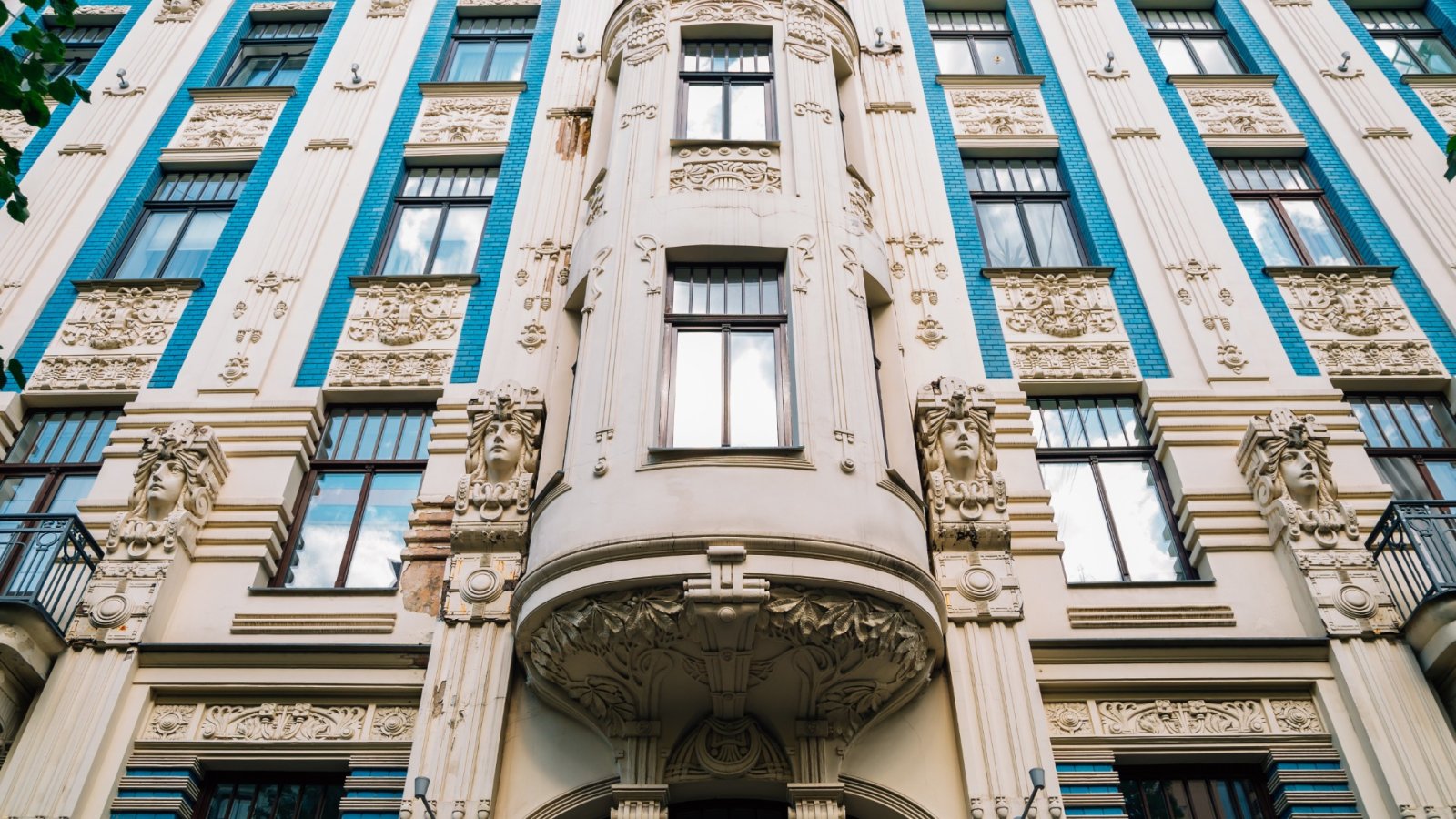Art Nouveau can be described as an across-the-board decorative art style that flourished in Europe and the United States during the late 19th and early 20th centuries. But what are its key ideas and concept? If you're curious to find out more, read on.
Encompassing various artistic disciplines, including architecture, fine art, and decorative arts, 'Art Nouveau' translates to 'New Art' and originates in Belgium in 1884. However, different countries knew the movement by different names: Jugendstil in Germany, Viennese Secession in Austria, Glasgow Style in Scotland, Arte Nuova or Stile Liberty in Italy, and Belle Époque in France. Nevertheless, at its core, Art Nouveau sought to unify different art forms and fields, promoting a cohesive movement. The artists behind this style aimed to modernize art and design by drawing motivation from organic and natural shapes. Consequently, their creations showcased elegant designs with sinuous, asymmetrical angles and lines.
But let's start from the very beginning. The birth of Art Nouveau can be traced back to 1884 when the term first emerged in the Belgian art journal 'L'Art Moderne.' The expression was used to describe the artistic endeavors of a group called Les Vingt, containing 20 artists committed to the integration of various art forms. Their vision was inspired by both the Arts and Crafts movement led by William Morris and the Aesthetic movement. The members of Les Vingt vehemently fought the mass production of low-quality goods brought about by the industrial revolution and the cluttered, heavy designs prevalent during the Victorian era.
Instead, they advocated for the incorporation of aesthetics and functionality in everyday objects, architecture, and design. Echoing the sentiments of William Morris, they believed that decoration should bring delight to people using those objects and also to those creating them.
Art Nouveau found itself closely intertwined with Post-Impressionism and Symbolism in artistic influence. Moreover, it was significantly impacted by the European artists' growing fascination with Japanese art during the 1880s and 1890s, particularly the wood-block prints by artists like Hokusai. These prints often showcased floral motifs and organic curves, which would later become central elements of the artistic movement.
What's more, it embraced the concept of Gesamtkunstwerk, or the 'total work of art,' aiming to achieve a balanced fusion of diverse artistic fields. This movement manifested its unifying design in various fields, including fine arts, graphics and design, architecture, furniture, interior design, glasswork, and jewelry. Described by sinuous curves, refined steel-and-glass craftsmanship, golden accents, and organic patterns, Art Nouveau brought a distinctive charm to each area it influenced. For instance, in architecture, the trend emerged as a release from conventional ideas of structured rationality and clarity. Originating in Brussels and later spreading across Europe, it especially thrived in Paris, providing a rhythmic and expressive choice to the strict building regulations set by Georges-Eugène Haussmann. This style introduced sinuous lines and intricate bidimensional or sculptural embellishments to create visually exquisite designs. And if we're talking about glass art, this also became one of the most stunning expressions of the movement.
Another prominent artist was Alphonse Mucha, a Czech artist, who gained widespread recognition for his captivating commercial posters and advertisements. He was portraying the empowered women of his contemporary era, and one of his most renowned creations, the poster "Gismonda" (1894), was designed for Victorien Sardou's play of the same name. This piece became an iconic representation of the Art Nouveau movement later, leaving an everlasting impact on countless artists who followed Mucha.
During the First World War, the legacy of Art Nouveau came under scrutiny due to its sensed excessive decoration and opulence. The intricate craftsmanship required for its creations made it somewhat exclusive and inaccessible to a broader audience. So the movement did not endure beyond the war, but it left a lasting impact by affecting subsequent artistic movements like Art Deco, Modernism, and certain elements of Bauhaus. Its visual language marked a brief yet remarkable era in history, and echoes of its beauty can still be found in cities across the globe. You only have to take a trip to Paris to see this impressive legacy: through the original metro station entrances that have been designed in the Art Nouveau style by Hector Guimard between 1890 and 1930.






